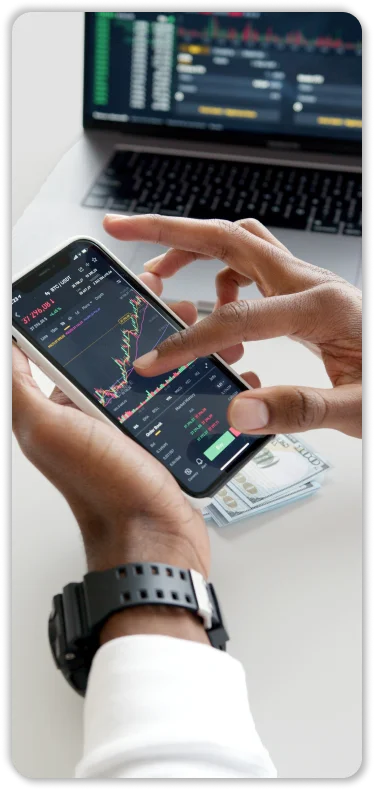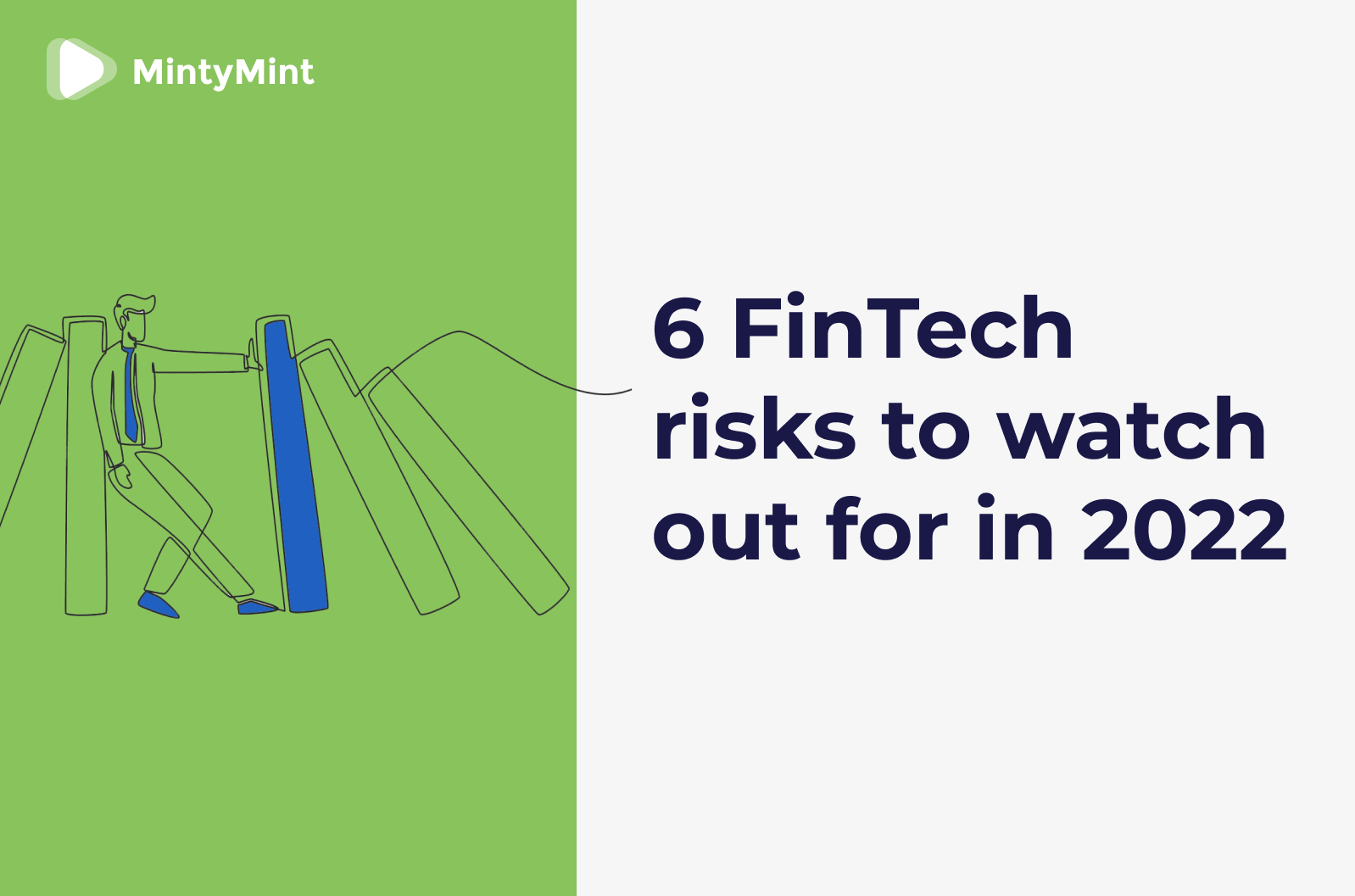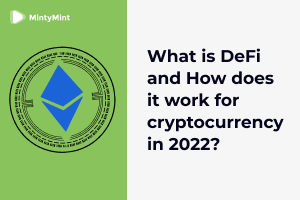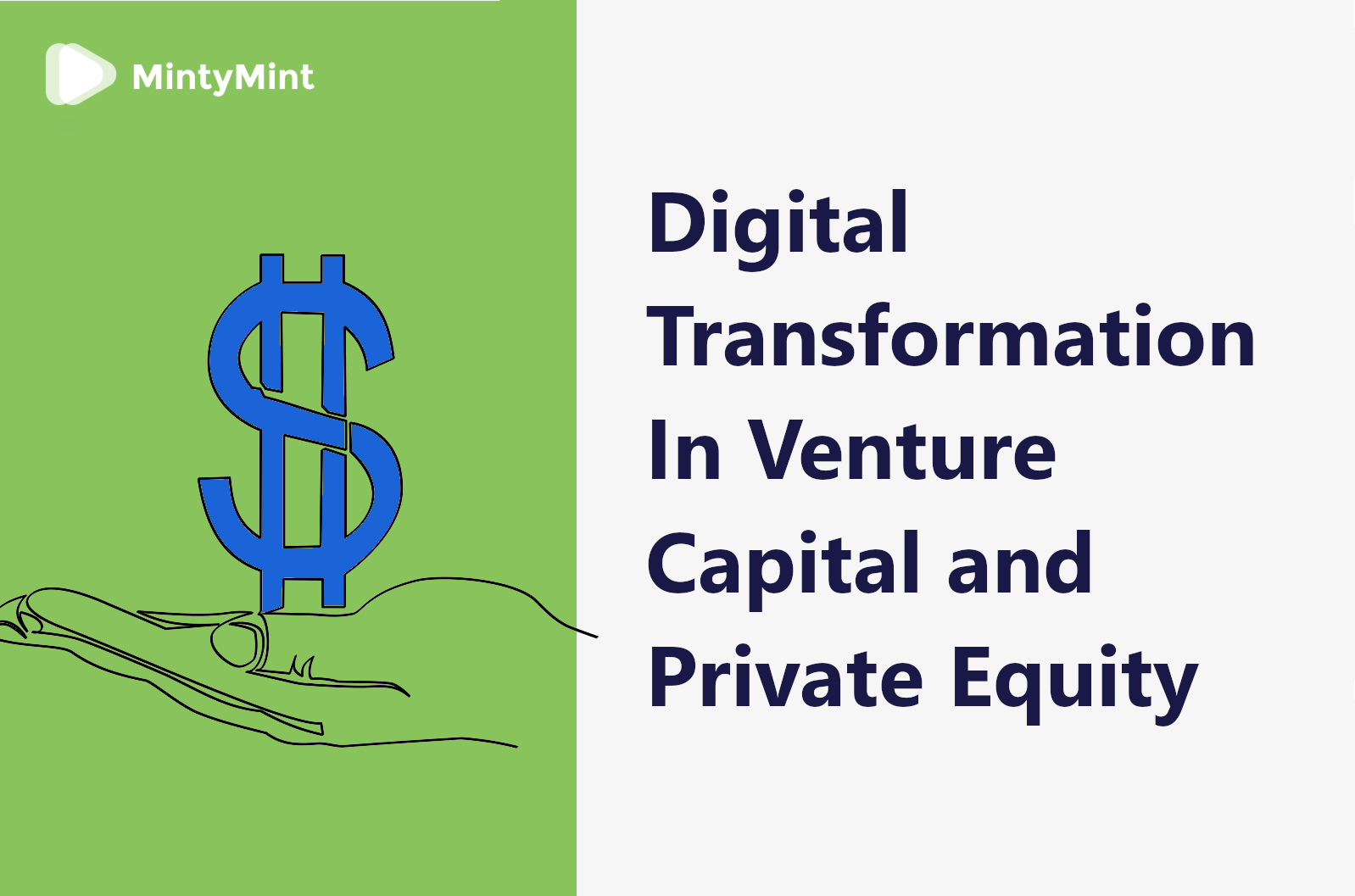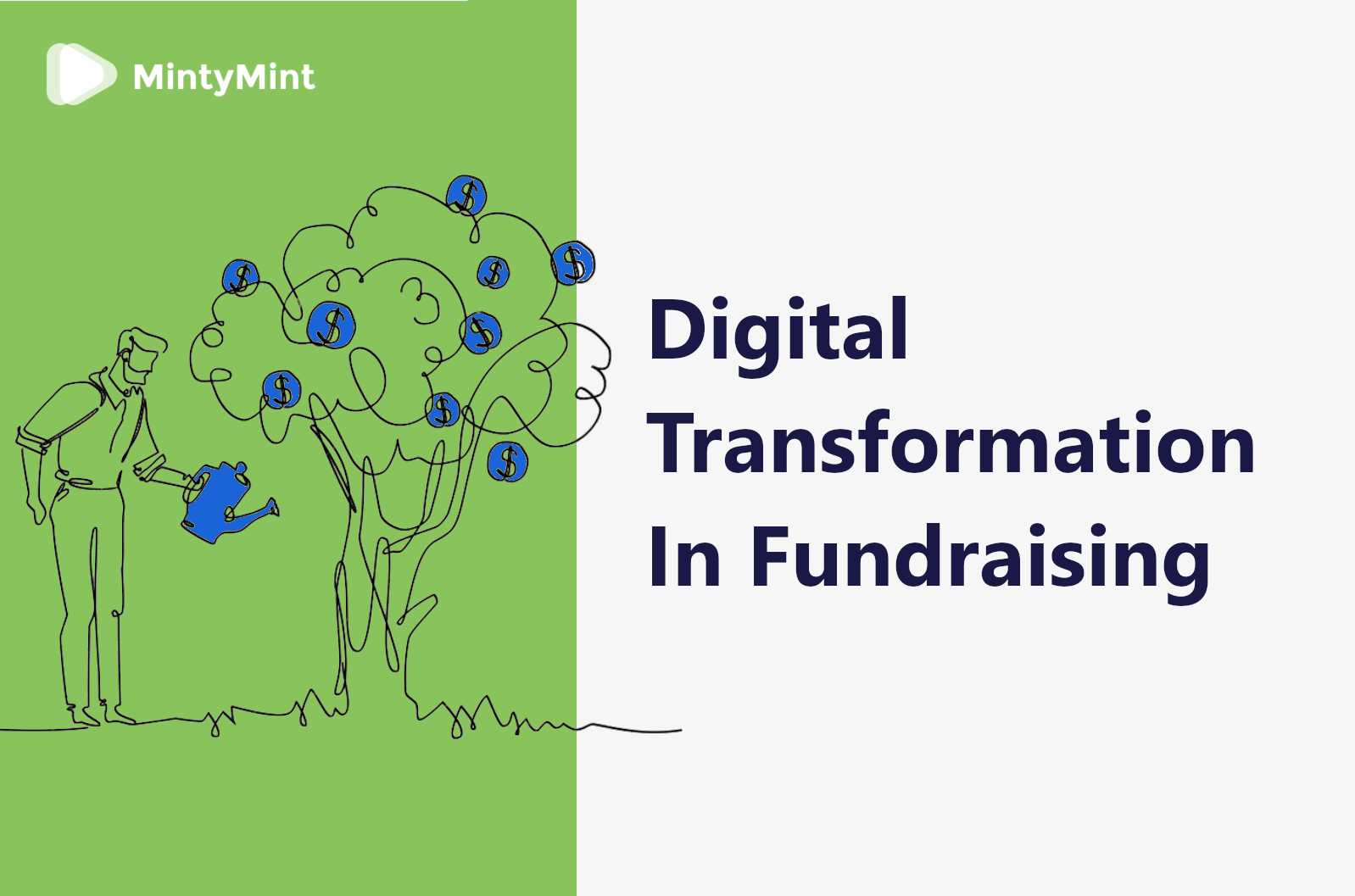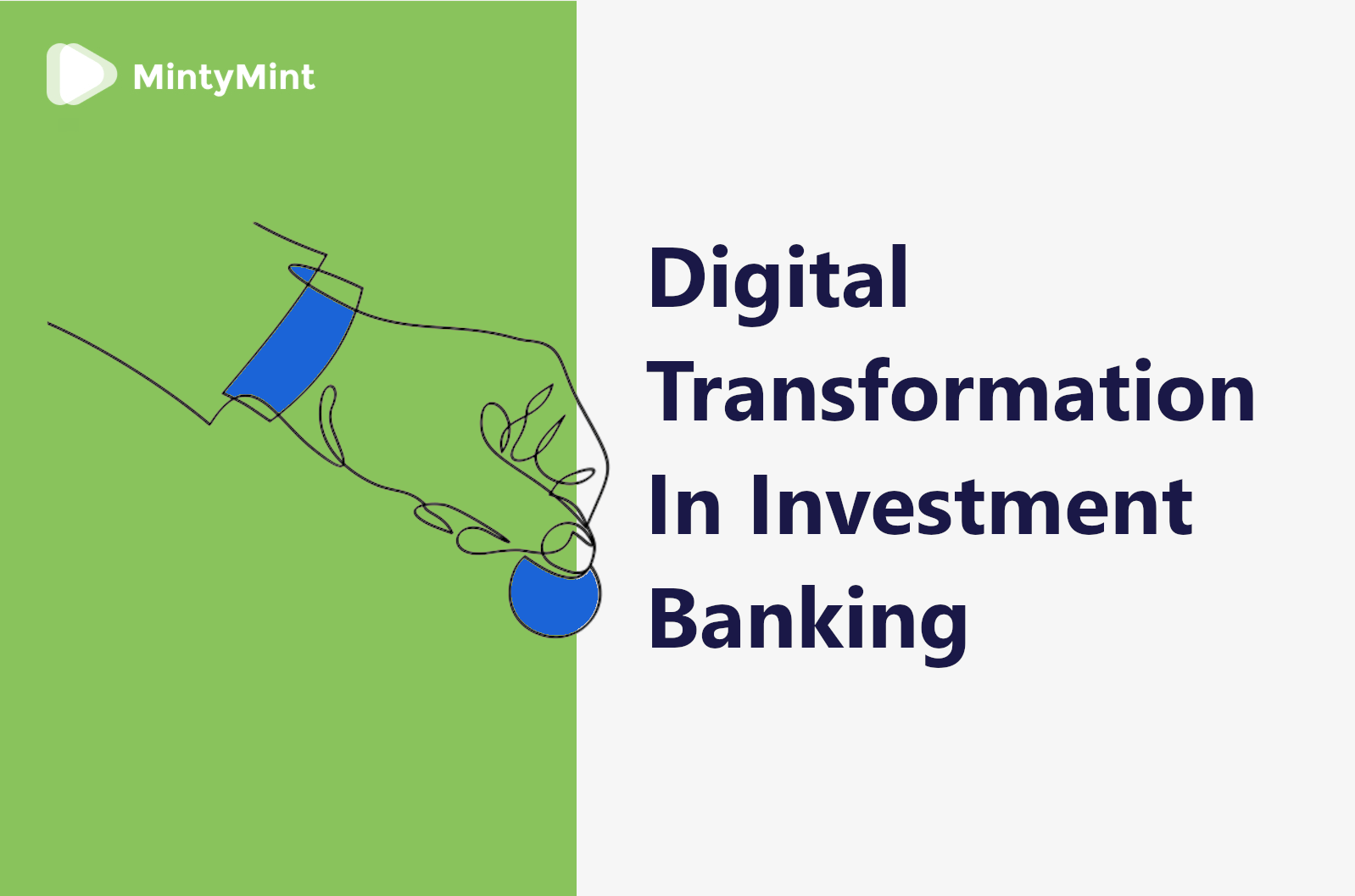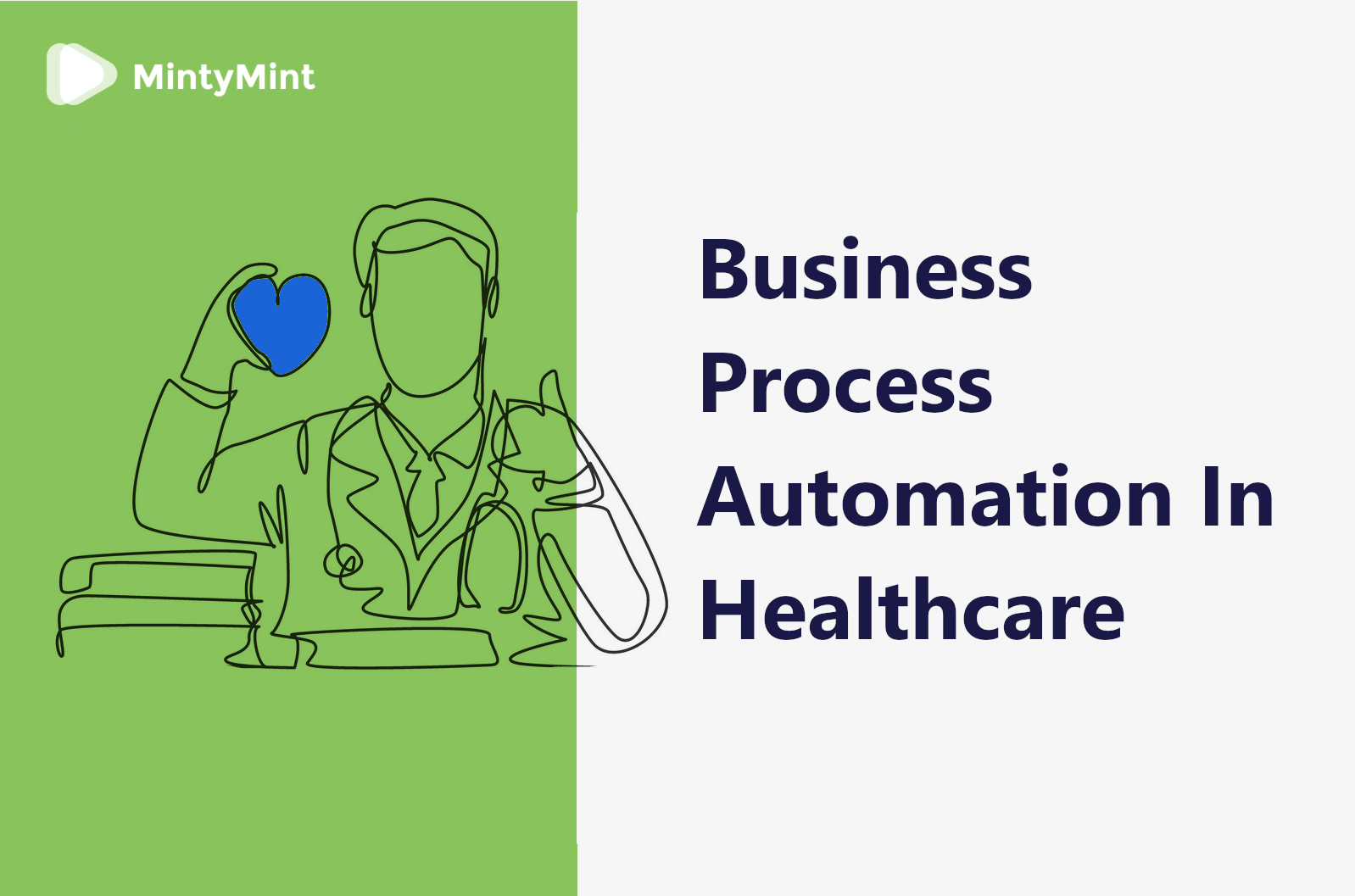Navigating in a rapidly evolving world like ours is today requires one to be well aware of the top tech trends and skills that are driving the transformation in 2021 and creating the future.
Doing this is extremely important although not easy. So, we’ve decided to do a thorough market analysis and compile our own list of the top ten tech skills in demand right now – for you to stay armed and informed in 2021.
Time is money, so without taking any more of your time, here’s a brief overview of the 10 most relevant tech vectors to watch, learn, and invest in this year, according to MintyMint:
*Listed in a free order
AI & Machine Learning
One of the main tech trends dominating modern history is automation, which is permeating every sphere of our lives. And algorithms play a key role in stepping it up even more and taking digitization to the next level.
From healthcare and transportation to commerce, management, and leisure – digital intelligence is changing the world we live in. Robots are taking on more and more workloads. Self-driving cars are out in the streets, and virtual assistants are becoming increasingly human-like. Such a transformation requires a ton of AI/ML experts, making it this year’s #1 emerging job, according to LinkedIn’s annual report.
As for the key skills in the arsenal of AI/ML specialists, we’re talking about a mixture of TensorFlow, Python, Java, R, and Natural Language Processing.
Data Science
Data science is closely related and often an integral part of AI/ML tech. That said, the field is rather independent and big enough to give it a separate place on our list.
In this regard, last year has shown how big data can affect global processes and help the international community respond to the challenges of the modern world by providing effective solutions.
At that, businesses remain the main consumers of data science services. The demand for data specialists in the corporate sector has grown by almost a third since 2018, according to refnitiv.com.
And given that next-gen tech relies heavily on effective data collection, processing, and analysis – it’s clear that data science in all forms is a crucial part of technological progress.
Speaking of which…
IoT
Effective data collection and implementation of digital intelligence technologies require leveraging a mesh of connected smart devices woven into our daily activities on many levels.
In this regard, the Internet of Things remains a highly relevant topic when it comes to technology and its development.
At that, the focus of IoT development is shifting from nice-to-haves towards a more utilitarian range of application across essential spheres of human activity. We see increased integration of smart warehouses and automated tracking & shipping in transportation. Remote monitoring and care, wearables, and contact-tracing solutions are changing the game in the healthcare sector. And various production industries are adopting more and more smart factory equipment and machinery on site.
As for raw numbers, the world’s IoT market is expected to surpass a $520 billion mark by the end of 2021, with an estimated 27 billion connected devices mesh – about 3.5 devices per person globally, according to a Cisco’s paper.
Cloud computing
Naturally, all of the complex calculations associated with the above-mentioned processes require immense computing power to be processed. This brings us to another one of the top tech skills in 2021 – cloud computing.
Revolutionizing computer resource usage, cloud tech is gaining huge momentum due to the sheer convenience and unmatched performance it offers.
Speaking about which, we have to mention AWS, Microsoft Azure, and Google Cloud Platform. The three largest cloud service providers on the market today, and yet another major force of the tech progress in 2021.
Just to give you some perspective, over 90% of all public companies in the world are using virtual tech, with 94% of all workloads being performed in the cloud this year, according to a HostingTribunal’s assessment.
You do the math…
Cybersecurity
Now, operating that much of (often sensible) data in a place without physical barriers requires a decent level of security to protect the service consumers. The more information is stored and accessed online, the more vulnerable it becomes to all sorts of tampering and fraud.
I this regard, after slightly shrinking in 2019/2020, global cybersecurity spendings have bounced back during the pandemic. And the market is not looking to slow down in the nearest future, according to threatpost.com’s conclusions.
Therefore, it is safe to conclude that cybersecurity specialists are going to be in high demand throughout 2021.
As for the top cybersecurity sub-niches, we’re seeing areas like authentication, cloud data protection, and application monitoring gain extra attention.
Blockchain
Speaking about secure digital structures…
While closely tied to safety online, Blockchain deserves a place of its own in the chart. That is, of course, because of the cryptocurrency boom that is happening right now.
Although blockchain is not young, we can watch an actual crypto-revolution unfold right in front of our eyes. Like that, some of the leading international tech giants are beginning to invest in the technology, skyrocketing its value.
With the price of Bitcoin soaring to quite shocking figures, the news about more and more businesses opening their doors to crypto operations leaves no doubt that blockchain experts will dominate the tech market’s talent demand in the nearest future.
Mobile Development
On the consumer’s level, all of the above only makes sense when integrated with the one digital platform dominating user time and attention – mobile devices.
With annual mobile app downloads estimated to reach $258 billion by 2022 (almost 50% growth in a 5-year time), the demand for mobile developers is one of the highest across the entire IT development spectrum, according to StackOverflow.
Moreso, given the 5+ billion pool of unique smartphone users globally – mobile development will remain relevant in the foreseeable future.
As for the niche technologies, cross-platform development tools (like React Native) are harnessing the highest $ per line of code.
AR/VR
Looking at future tech and innovation, we must notice AR/VR as an essential means of bringing about the new realm.
Last year’s health crisis has been a major outer force pushing tech transformation along the “all-remote” paradigm. This resulted in a genuine AR boom as its global market size exceeded $15 billion, according to marketsandmarkets.com data.
Covid-related limitations have made consumer-centric industries look for virtual opportunities in communication, leisure, shopping, traveling, etc. – revising the traditional ways of conducting daily activities.
That said, we’re seeing many less casual VR initiatives in the healthcare sector. Here, using augmented reality has already shown great results in staff training, surgery, general treatment, pediatrics, and many more niches.
DevOps
Optimizing the development processes ensures successful implementation of nearly all of the other technologies on the list. Therefore, DevOps is going to continue to be highly relevant in 2021.
In this regard, there is increased attention towards Infrastructure Automation, Application Release Orchestration, Application Performance Monitoring, and Cloud Management Platforms, along with a major focus on agility and adaptation to irregular objectives.
Python
Last but not least on our chart, is today’s most in-demand coding language on the market – Python.
The official AI/ML software backbone and probably the best choice for any data-related applications, it is definitely an essential skill to have in the arsenal in 2021.
Now, it is true that JavaScript is almost as popular a coding language as Python, and is worth mentioning too. Nevertheless, the ratio of Python-based projects to the amount of talent available makes it a definite leader in the niche.
There you have it – the 10 top tech skills in demand in 2021, according to MintyMint.
Hope you enjoyed the article. Feel free to contact our team for any questions regarding software development or current tech trends. And most importantly – stay tuned in for new updates!


